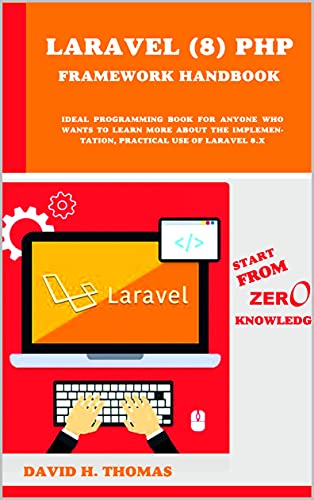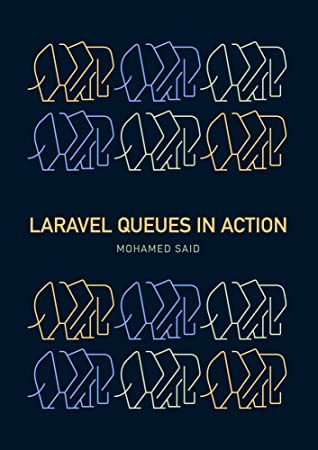Download This PDF Book: Internet of Things with Python 1st Edition by Gaston C. Hillar
About This Book
Rapidly prototype even complex IoT applications with Python and put them to practical use
Enhance your IoT skills with the most up-to-date applicability in the field of wearable tech, smart environments, and home automation
Interact with hardware, sensors, and actuators and control your DIY IoT projects through Python
Who This Book Is For
The book is ideal for Python developers who want to explore the tools in the Python ecosystem in order to build their own IoT applications and work on IoT-related projects.
It is also a very useful resource for developers with experience in other programming languages that want to easily prototype IoT applications with the Intel Galileo Gen 2 board.
What You Will Learn
Prototype and develop IoT solutions from scratch with Python as the programming language
Develop IoT projects with Intel Galileo Gen 2 board along with Python
Work with the different components included in the boards using Python and the MRAA library
Interact with sensors, actuators, and shields
Work with UART and local storage
Interact with any electronic device that supports the I2C bus
Allow mobile devices to interact with the board
Work with real-time IoT and cloud services
Understand Big Data and IoT analytics
In Detail
Internet of Things (IoT) is revolutionizing the way devices/things interact with each other. And when you have IoT with Python on your side, you'll be able to build interactive objects and design them.
This book lets you stay at the forefront of cutting-edge research on IoT. We'll open up the possibilities using tools that enable you to interact with the world, such as Intel Galileo Gen 2, sensors, and other hardware.
You will learn how to read, write, and convert digital values to generate analog output by programming Pulse Width Modulation (PWM) in Python. You will get familiar with the complex communication system included in the board, so you can interact with any shield, actuator, or sensor.
Later on, you will not only see how to work with data received from the sensors, but also perform actions by sending them to a specific shield. You'll be able to connect your IoT device to the entire world, by integrating WiFi, Bluetooth, and Internet settings.
With everything ready, you will see how to work in real time on your IoT device using the MQTT protocol in python.
By the end of the book, you will be able to develop IoT prototypes with Python, libraries, and tools.
Style and approach
This book takes a tutorial-like approach with mission critical chapters. The initial chapters are introductions that set the premise for useful examples covered in later chapters.
About the Author:
Gastón C. Hillar is an Italian and has been working with computers since he was 8 years old. In the early 80s, he began programming with the legendary Texas TI-99/4A and Commodore 64 home computers. Gaston has a bachelor's degree in computer science and graduated with honors.
He also holds an MBA, in which he graduated with an outstanding thesis. At present, Gaston is an independent IT consultant and a freelance author who is always looking for new adventures around the world.
He has been a senior contributing editor at Dr. Dobb's and has written more than a hundred articles on software development topics. Gatson was also a former Microsoft MVP in technical computing. He has received the prestigious Intel® Black Belt Software Developer award seven times.
He is a guest blogger at Intel® Software Network.
He lives with his wife, Vanesa, and his two sons, Kevin and Brandon.
Internet of Things, also known as IoT, is changing the way we live and represents one of the biggest challenges in the IT industry. Developers are creating low cost devices that collect huge amounts of data, interact with each other, and take advantage of cloud services and cloud-based storage.
Makers all over the world are working on fascinating projects that transform everyday objects into smart devices with sensors and actuators.
A coffee cup is not a simple object anymore—it can send a message to your smartwatch indicating that the liquid inside has the right temperature so that you can drink it without worrying about checking whether it is too hot.
In case you move the coffee cup before you receive the message, your wearable vibrates to indicate that you don't have to drink it yet. You can check the coffee level of the coffee dispenser in your smartphone, and you won't have to worry about ordering more coffee: the coffee dispenser will automatically place an online order to request coffee when the coffee level is not enough to cover the rest of the day.
You just need to approve the online order that the coffee dispenser suggests from your smartwatch. Based on certain statistical algorithms, the coffee dispenser will know the appropriate time to make the order.
What happens when more usual visitors arrive at the office? Their smartwatches or smartphones will communicate with the coffee dispensers and they will place orders in case the probable consumption of decaffeinated coffee increases too much.
We have smart coffee cups, smart coffee dispensers, smartwatches, smartphones, and wearables. All of them take advantage of the cloud to create a smart ecosystem capable of providing us with all the different types of coffees we need for our day.
Table of Contents:
Chapter 1: Understanding and Setting up the Base IoT Hardware
Chapter 2: Working with Python on Intel Galileo Gen 2
Chapter 3: Interacting with Digital Outputs with Python
Chapter 4: Working with a RESTful API and Pulse
Width Modulation
Chapter 5: Working with Digital Inputs, Polling and Interrupts
Chapter 6: Working with Analog Inputs and Local Storage
Chapter 7: Retrieving Data from the Real World with Sensors
Chapter 8: Displaying Information and Performing Actions
Chapter 9: Working with the Cloud
Chapter 10: Analyzing Huge Amounts of Data with
Cloud-based IoT Analytics
About The Book:
Publisher : Packt Publishing; 1st edition (May 20, 2016)
Publication date : May 20, 2016
Language : English
File : PDF, 12MB
Free Download the Book: Internet of Things with Python
PS: Share the link with your friends
If the Download link is not working, kindly drop a comment below, so we'll update the download link for you.
Happy downloading!








